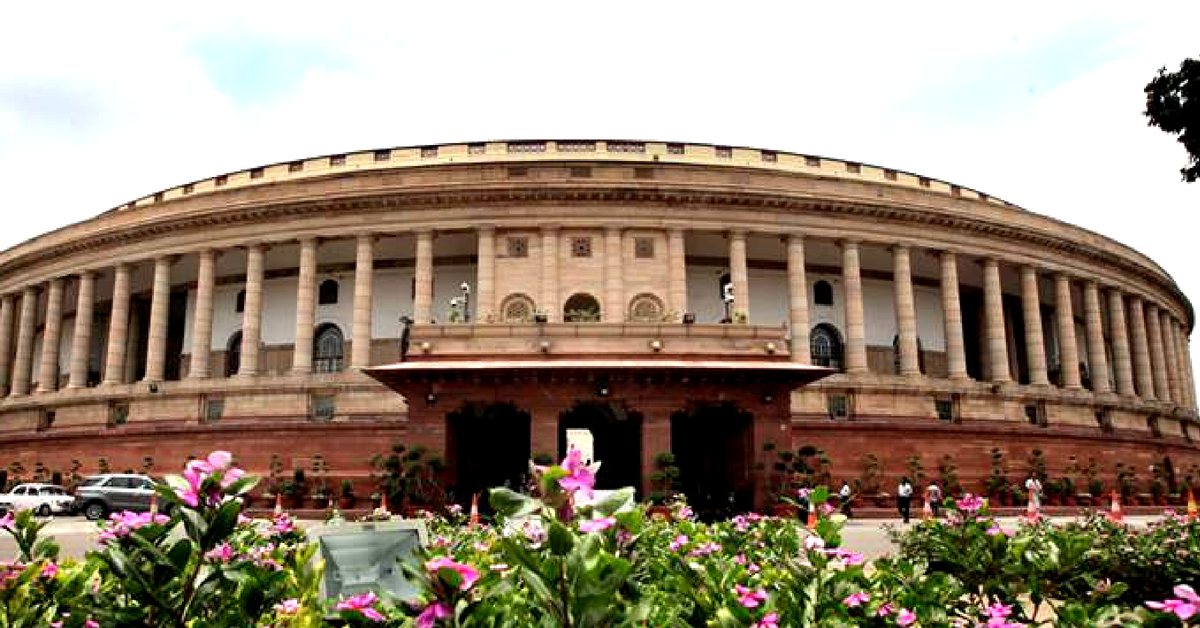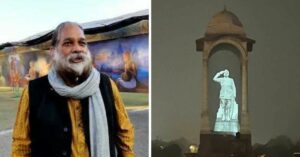No Confidence Motion in Parliament’s Monsoon Session: 10 Things to Know
Commencing today, this the first time in 15 years that a no-confidence motion against the government has been moved and accepted in Lok Sabha.

On Wednesday, July 18, Lok Sabha Speaker Sumita Mahajan accepted the motion of no-confidence moved by political parties from the Opposition against the current Bharatiya Janata Party (BJP)-led government. More specifically, the motion in the current Monsoon Session of Parliament was passed by Telegu Desam Party MP Jayadev Galla over the Centre’s inability to offer Andhra Pradesh the special status category it craves.
Discussions on the no-confidence motion are currently being held in the Lok Sabha today.
A government can only exist if it maintains the support of the majority in the Lok Sabha. On the day of a non-confidence motion, a political party or coalition of parties can only legitimately express its strength in the House by enduring a floor test – proving its majority.
On this occasion, the BJP-led government has the numbers. The current strength of the Lok Sabha is 535, down from 545 as a result of vacancies. Thus, the BJP-led government only needs the support of 268 members, and with 273 just from their own party, there are no danger signs for it. Overall, the BJP-led National Democratic Alliance (NDA) has 314 seats.
The no-confidence motion against the government today has the support of 147 MPs from a slew of opposition parties including the Congress, Trinamool Congress, Telugu Desam Party, Communist Party of India (Marxist), Nationalist Congress Party, Rashtriya Janata Dal, Samajwadi Party and YSR Congress, among others.
However, the BJP hopes that parties sitting on the fence All India Anna Dravida Munnetra Kazhagam (AIADMK), Biju Janata Dal (BJD) and Telangana Rashtra Samithi (TRS), besides other independents will come out in support of the BJP government.
More than anything else, political commentators are calling the proceedings of this no-confidence motion a test of opposition unity ahead of the 2019 Lok Sabha elections.

So how does this entire process work?
1. Any member of the House can move a non-confidence motion against the government. Under Rule 198 of the Rules of Procedure and Conduct of Business in Lok Sabha, the entire procedure for moving a motion of no-confidence is clearly listed.
2. For starters, a member of the House has to issue a written notice of the motion to the Speaker before 10 am. Rules state that the member does not necessarily have to offer a reason for passing a non-confidence motion.
3. Only if the motion has the support of a minimum 50 MPs can the Speaker pass it and announce a date on which discussions on the same will take place.
4. If the motion passes, the Speaker has to allot a date for discussion and voting within ten days of its acceptance in the House. Otherwise, the no-confidence motion falls apart.
5. On the day of the no-confidence motion, a discussion takes place. MPs who back the motion list out the government’s failures and shortcomings, while the Treasury Bench responds to the issues and criticisms raised. As one of the BJP’s allies, the Shiv Sena, colourfully said:
“The BJP has the numbers. The motion is not for bringing down the government. It is to whip the government publicly over its sins.”
6. When voting does take place, and if the government does not possess the requisite numbers in the House, they have to resign.
7. At the time of voting, MPs have to vote according to the whip issued by their party. If they don’t abide, the Speaker has the power to suspend or disqualify them under Rules of Procedure and Conduct of Business in Lok Sabha.
8. The legislator becomes a defector if he/she abstains or votes contrary to the order passed by the party whip, who invariably is appointed by the party leadership.
However, this is a long draw out process with the courts getting involved.
Also Read: Our Democracy Needs to Be Better. Fixing This Law Might Make the Difference
9. It was in 1979 when a non-confidence motion by the YB Chavan of the Congress led to the downfall of the Janata Dal-government under then Prime Minister Moraji Desai. After discussions spanning nine hours and two days, Moraji Desai before even it came to a vote.
10. The last time a discussion on a no-confidence motion took place in 2003 filed by Sonia Gandhi of the Congress against the NDA government under then Prime Minister Atal Bihari Vajpayee. It failed.
Today is an important day in our Parliamentary democracy. I am sure my fellow MP colleagues will rise to the occasion and ensure a constructive, comprehensive & disruption free debate. We owe this to the people & the makers of our Constitution. India will be watching us closely.
— Narendra Modi (@narendramodi) July 20, 2018
(Edited By Vinayak Hegde)
Like this story? Or have something to share? Write to us: [email protected], or connect with us on Facebook and Twitter.
NEW: Click here to get positive news on WhatsApp!
This story made me
- 97
- 121
- 89
- 167
Tell Us More
We bring stories straight from the heart of India, to inspire millions and create a wave of impact. Our positive movement is growing bigger everyday, and we would love for you to join it.
Please contribute whatever you can, every little penny helps our team in bringing you more stories that support dreams and spread hope.



















